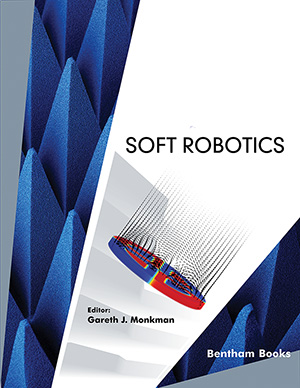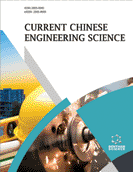Abstract
New applications of mobile robots, especially in inspection technology,
medical technology and1 rescue scenarios in unstructured environments, have led to
increasing integration of functions in place of separate function-specific modules. This
development process already begins with the material. With the development of smart
materials, it has become possible to process energy, material and information in one
component. Magnetic hybrid materials such as magneto active elastomers (MAEs)
belong to such a class of smart materials. MAEs consist of a non-magnetic elastic
matrix with magnetic particles. They make functional integration possible, which
begins with the material itself. Functional integration and compliance are properties
that characterise natural motion systems. Biologically inspired locomotion systems are
the subject of investigation in the first part of this work. Investigations concerning a
compliant form-fit gripper made of MAE for the handling of sensitive objects and the
description of a biologically inspired tactile sensor using ferrofluid complete the
content of the paper. From the methodological side, the paper focuses on model-based
designs instead of only know-how-based solutions. The essential prerequisite for
efficient use of smart materials is the comprehensive knowledge of the material
properties of MAEs and the theoretical and experimental description of fundamental
phenomena in their use. Based on theoretical investigations of the magnetic and
mechanical properties of these materials on the macroscale, including the description of
the magneto-mechanical behaviour by means of the finite element method, soft
robotics components are developed.
Keywords: Finite element method, Ferrofluid, Hybrid magnetic materials, Magneto active elastomer, Soft magnetic particles, Simulations.






















